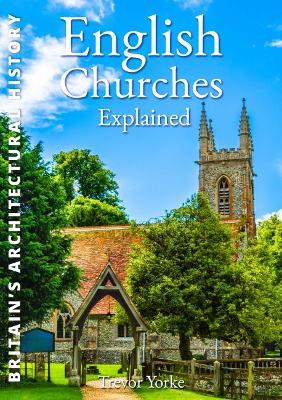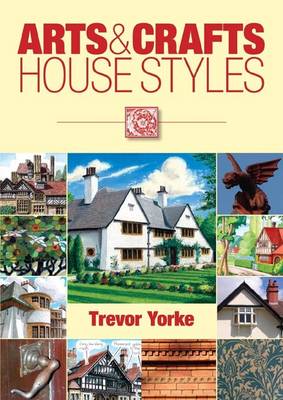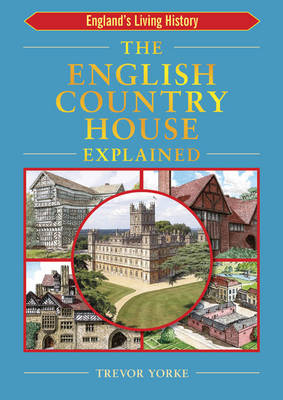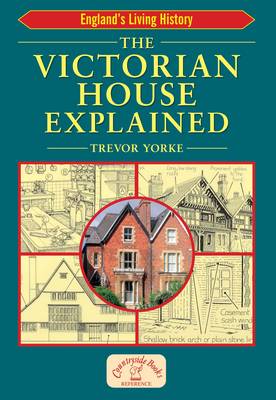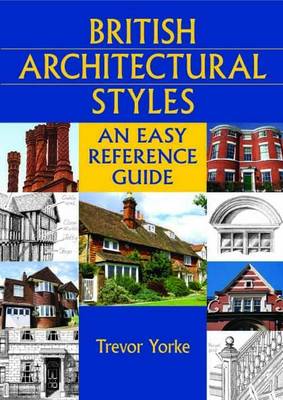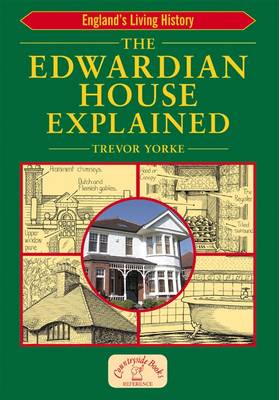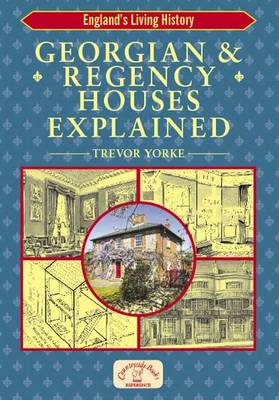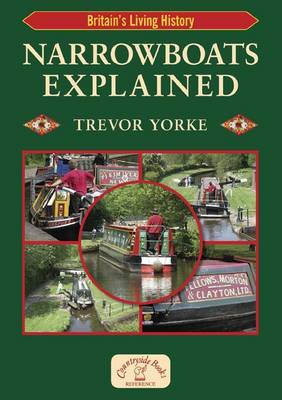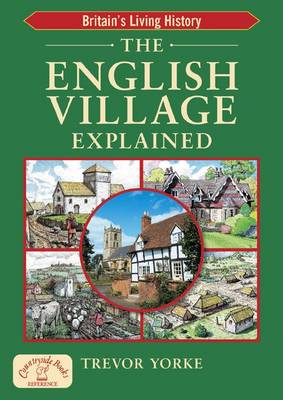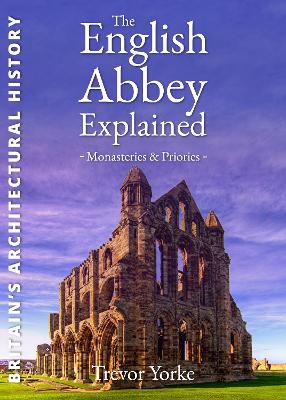England's Living History
13 total works
Using his own detailed drawings, diagrams and photographs, author Trevor Yorke answers those questions and much more as he lifts the lid on the history of the English abbey.
This book is divided into three sections:
Section I: The origins of the abbey, from its development in the late 5th century to the Dissolution of the Monasteries in 1536, and the fate of these buildings since.
Section II: A detailed look at the abbey's individual parts such as cloister buildings, including the kitchen and dormitory; the workshops, guest houses and gardens; and finally the abbey estates.
Section III: An illustrated time chart for dating abbeys, a glossary of unfamiliar terms, and a list of recommended abbeys and priories to visit.
